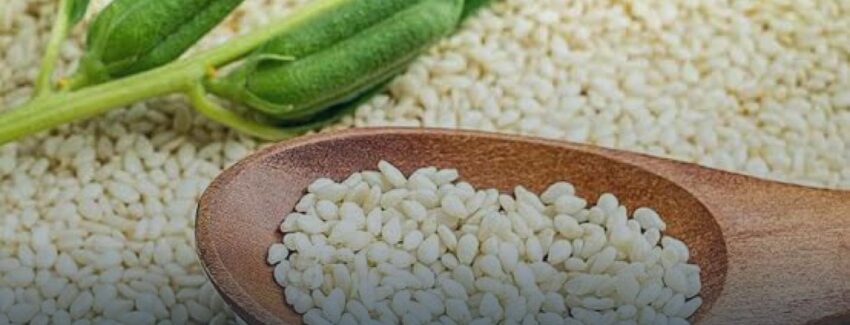Sesame, a widely cultivated plant with edible seeds, belongs to the Sesamum genus and has wild relatives in Africa and India. Japan is the largest importer of sesame, using it extensively in their cuisine, followed by China, which imports mainly oil-grade sesame and exports food-grade seeds. Other major importers include the United States, Canada, the Netherlands, Turkey, and France.
Sesame seeds are a high-value cash crop, with prices ranging from US$800 to $1,700 per metric ton, influenced by quality, appearance, and meeting international standards. The top exporters in terms of volume, premium prices, and quality are India, Ethiopia, and Myanmar.
Sesame seeds are used to make tahini, a protein-rich paste in Middle Eastern cuisine, commonly found in dishes like hummus and baba ganouj. Tahini is also a key ingredient in the production of halva, a popular Middle Eastern sweet.
Commercially, sesame oil comes in two types: a pale yellow liquid with a nutty taste, suitable for frying, cosmetics, and food preparations, and an amber-colored aromatic oil made from toasted sesame seeds, used as a flavoring agent in cooking.
– En.wikipedia.org

